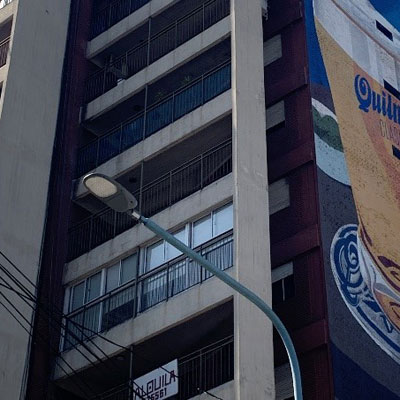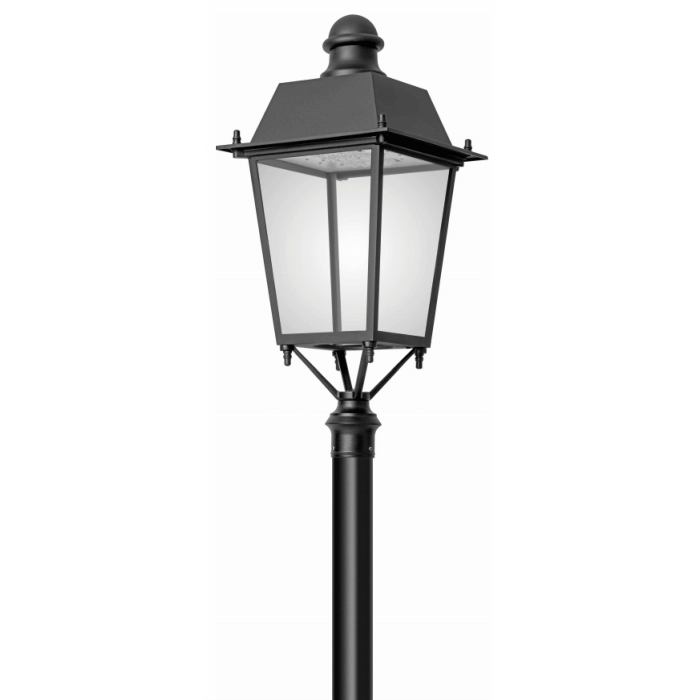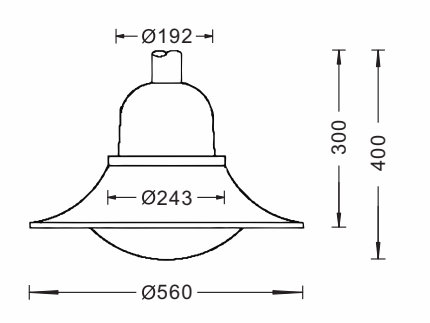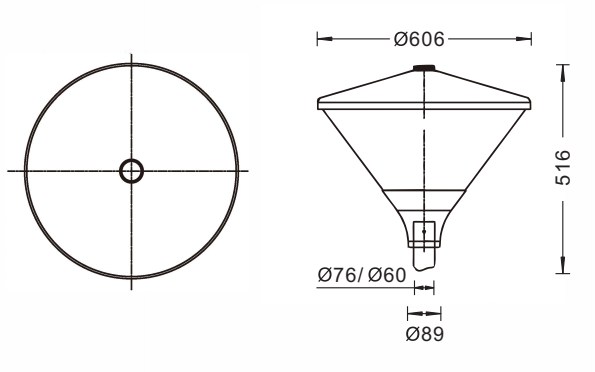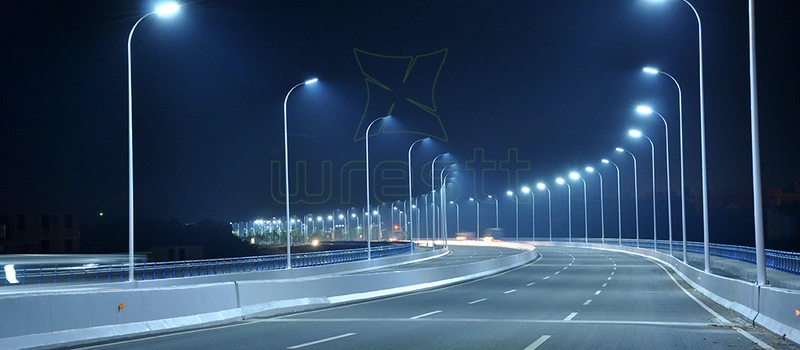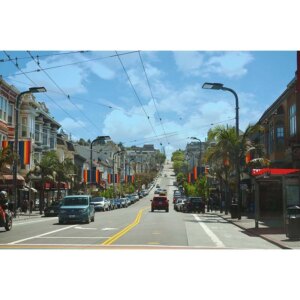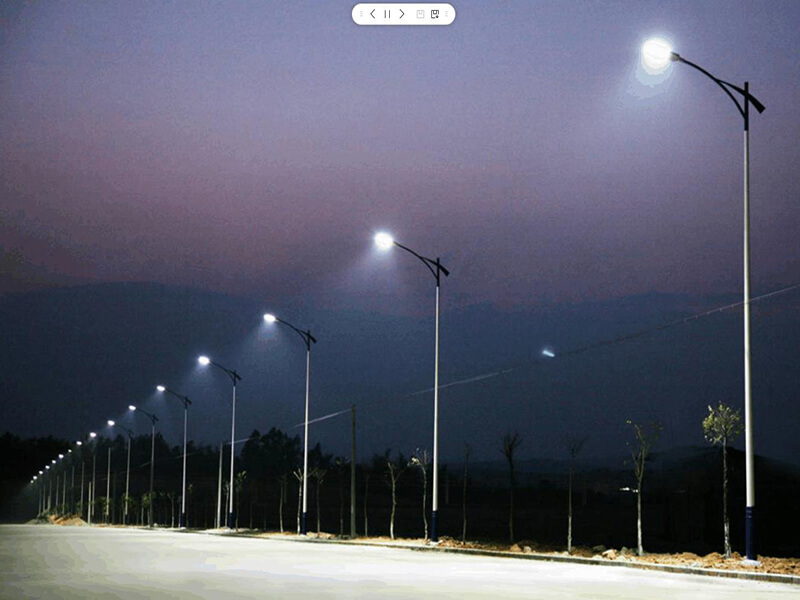Nowadays, public lighting comes on every dark night on time, which is technological advancement. Do you want to know how lighting has evolved? Or have you ever wondered how people used to light up in the dark a hundred years ago? The lack of natural light at night in urban environments has always been a problem. Dark nights can make it difficult for people to get around. Or without public lighting, people were more likely to be attacked or robbed at night. We will now look at the historical evolution of public lighting.
The earliest forms of public lighting were vegetable oils or candles to provide illumination. In ancient Rome, wealthy citizens used vegetable oil lamps to provide light. Chinese citizens would light candles to provide light. But what is also hard to believe is that the first known version of a street lamp appeared around 140 BC! The Greeks and Romans lit the paths and roads outside their homes in order to deter thieves and improve visibility and security. The wealthier inhabitants hired lantern slaves to ensure that the street lamps were kept bright and clean throughout the night. However, this was only private lighting and not public lighting until 1417, when the Mayor of London ordered all households to hang their lanterns outside after nightfall in winter. This marked the first organized public lighting.
The Eighteen Fifties
The great inventor Benjamin Franklin first introduced street public lighting in the United States. Franklin carried out several experiments with electricity and invented the lightning rod. He then proposed that pawn oil candles be encased in glass with a long funnel for smoking and a slit underneath to allow air to enter. In this way, the candle would be lit inside the glass container and difficult to blow out even in the wind. This is the earliest prototype of the city street lights – the oil and wax lamp. Because Franklin was the postmaster of Philadelphia, many people regard Philadelphia as the birthplace of street lighting in the United States. Many places still chose to use oil wax lamps until the nineteenth century when methane gas was used for public lighting in the United States.
Street lighting in the Nineteenth-Century
By the 19th century, methane gas was available, and the use for lighting increased. 1802 saw the invention of the gas lamp by Scottish inventor William Murdoch, an invention that illuminated the exterior of the SoHo foundry. 1807 saw the first gas street in London. In 1816, Baltimore became the first city in the United States to install gas streetlights. Paris followed in 1820. At this time, install gas through pipes to gas lamps placed on utility poles. Each night a special crew lit the lanterns, and each morning, they turned the lights off again. This continued until the invention of lighting the lamps when releasing the gas in them.
It was not until Thomas Edison created a pure vacuum in the light bulb that he changed the future of public lighting for the world. Edison’s carbon filament incandescent lamp was introduced in 1879 and gave impetus to the development of public lighting. This gave a major impetus to the subsequent development of public street lighting. The first city in the USA to successfully demonstrate electric public lighting was Cleveland, Ohio, with 12 electric lights around the public square road system on 29 April 1879.
By the 1880s, Indiana was the first town in the United States to introduce electric street lighting. This is how public lighting first began, with the installation of arc lamps, also known as Yablochkov candles, in Paris in 1878. Three years later, 4,000 of these electric public lamps were in use, effectively replacing the gas lamps mounted on utility poles. But the disadvantage of the arc lamps was that they emitted a strong, blinding light and did not last long. In time, therefore, they were replaced by cheaper, brighter, and longer-lasting incandescent lamps. But to this day, arc lamps are still useful on certain industrial sites.
Twentieth-century
By the beginning of the 20th century, the original gas or methane lamps had been known to cause fires. So streetlight manufacturers were looking for a safer and more efficient way to light up the streets. It was not until the 1930s and 1940s that fluorescent and incandescent lamps became popular. It was then that motor travel began to flourish. In 1930 low-pressure sodium lamps became popular, and these public lighting consisted of a removable outer sheath and a vacuum layer for insulation. This allowed the sodium to be kept in vapor form at high temperatures. At the beginning of the 20th century, streets with lights were called white roads. It was not until 1962 that the first practical visible-spectrum light-emitting diodes (LEDs) were developed, and in 1965 high-pressure sodium (HID) lamps brought superior color and efficiency compared to their low-pressure counterparts. By this time, public lighting was already taking shape.
Street lighting in the twenty-first century
The invention of LED street lighting in the twenty-first century could be considered a giant leap forward for public led lights. From this time onwards, LED street lighting became commonplace, and LED energy-saving technology flourished. The implementation of LED street lighting also offers enhanced control and versatility. Led street lights are low cost and low maintenance, and they also allow customers to specify color temperature, wattage, etc., to suit any application. Previously street led lights were expensive with all the talk about using more green energy and reducing the carbon footprint. Many cities have embraced LED lighting as a way to save money and help the environment at the same time. So LED public lighting is growing rapidly and is being used extensively. Recent studies in Los Angeles have shown that crime rates have decreased after the installation of LED public lighting. The illuminated area is large compared to walking under traditional street lights. This makes people feel and be safer when walking home late at night.
Conclusion
This is how street public lighting has evolved over the last three hundred years. And now intelligent lights are becoming popular again. Intelligent lights are those that sense pedestrians and vehicles after dark and then turn on and off automatically. These intelligent lights are even more energy efficient than LED street lights. With the development of technology nowadays, I think intelligent lights will become more and more popular faster and faster. This is because it is a sign of people’s continuous progress.
And public lighting will also be a continuing concern in the future. It’s not just that the old public lighting is obsolete because it consumes a lot of energy. It’s also because it’s not smart, and it’s causing white pollution in many places. Many types of public lighting can also have problems.
